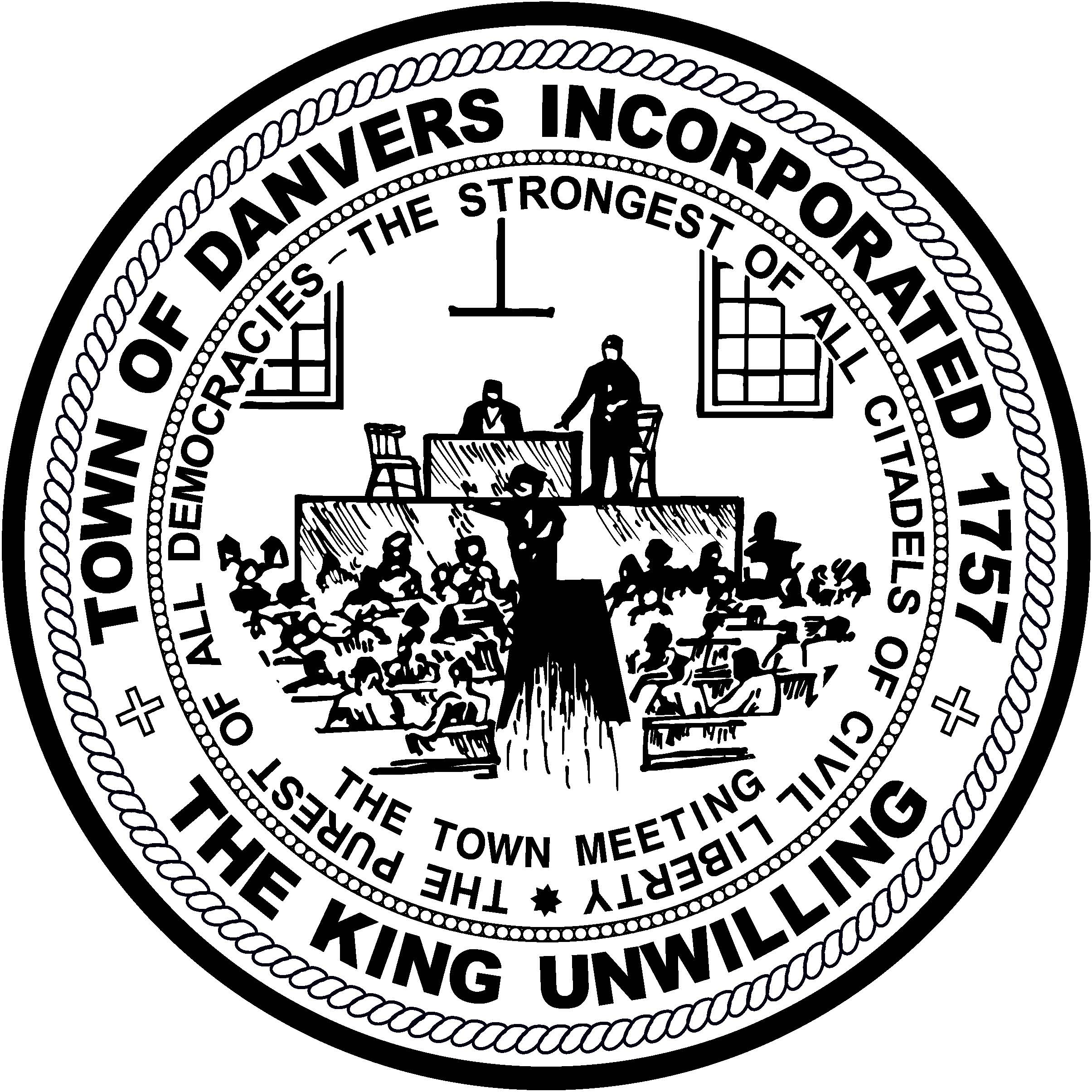The Town of Danvers is located on Massachusetts’ northeastern coast,
approximately 20 miles from Boston, in Essex County. The Town is perhaps best known for its connection to the Salem Witch Trials, which occurred in 1692 when the Town was still part of that community. Rebecca Nurse’s home, one of the hysteria’s victims, still stands today and serves as a museum depicting 17th and 18th-century life.
Danvers was established in 1752, although it was not formally incorporated by the colony’s legislature until June 9, 1757, despite the denial of King George II. This royal rejection led to the Town’s motto, “The King Unwilling.” Today Danvers is a thriving community of approximately 28,000 residents, spread over 14 square miles, with a solid commercial and industrial employment base. Its attractiveness as a place to live or do
business is rooted in its easy access to the region – Interstate 95, US Route 1, and State Route 128, all pass through and intersect in Danvers. Because of this, Danvers is a commercial hub for the entire North Shore.
An elected, representative Town Meeting handles the Town’s legislative functions, principally adopting budgets and local by-laws. The executive branch is led by the five-member elected Select Board, which in turn appoints a Town Manager to handle the day-to-day administration of the Town. Other critical local boards include the School Committee, the Library Trustees, the Planning Board, the Zoning Board of Appeals, the Water-Sewer Commission, and the Municipal Light Board.
The Town employees approximately 800 employees between the Town, Schools and Library. Town divisions include general government (planning to finance and many more), public safety, and public works (including water, sewer and electric divisions). Essentially offering a work industry for everyone.
 For Corporations
For Corporations
 For Alumni
For Alumni
 Services
Services







 About
About







 Our Leadership
Our Leadership












